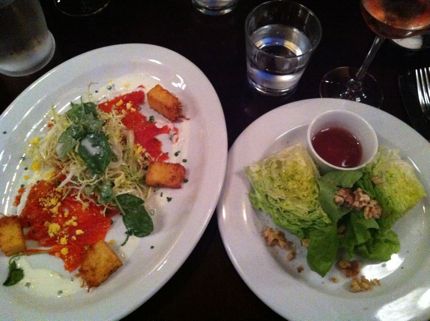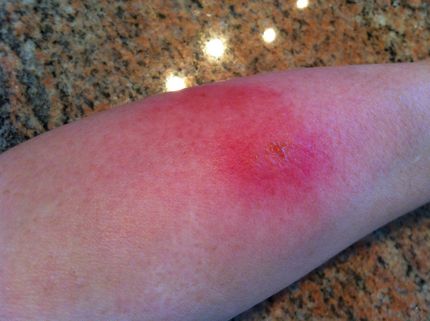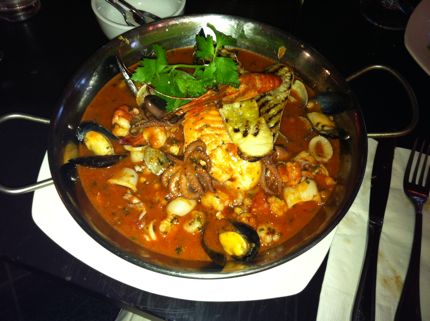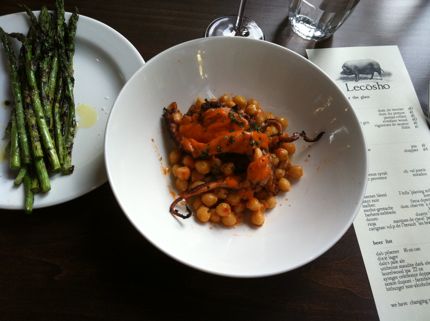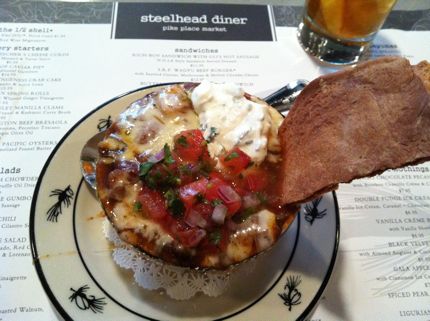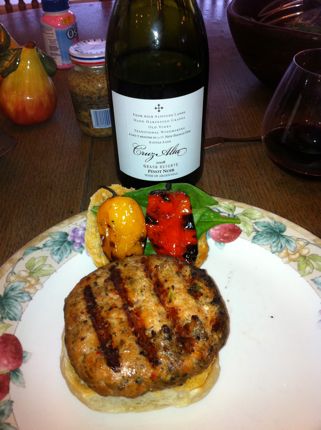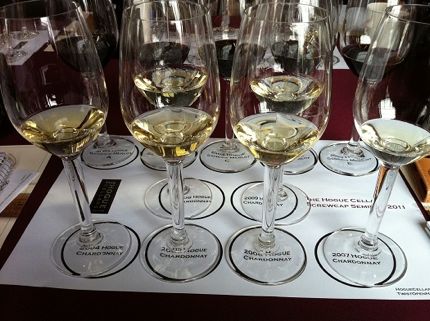
Late last month, The Hogue Cellars, Washington’s fourth largest winery, stunned industry insiders when it announced it had decided to move 100% of its production to screwcap closures.
On June 23, the company announced the results of groundbreaking research conducted between 2005 and 2010 that confirmed Saranex**-lined screwcaps as the ideal closure for preserving and aging The Hogue Cellars wines.
According to a press release, “Saranex liners comprise layered polyethylene which is slightly permeable to oxygen, meaning a desirable ratio of oxygen comes in contact with the wine to allow slow, steady development while maintaining freshness. These screwcap closures were proven to hold fruit flavors and aromas without significant reductive character compared to natural cork.”
Jordan Ferrier, Research Winemaker for Constellation Wines U.S., presented the winery’s extensive study results at the 62nd annual American Society of Enology and Viticulture (ASEV) Conference in Monterey, California.
The study is the first conducted at a large-scale winery that compares multiple closure types sealed on a commercial bottling line under controlled conditions with findings shared publically.
“Until now, acceptable wine-aging standards have been defined by the cork closure,” said Conan Dinn, The Hogue Cellars director of winemaking. “However, this study shows that wines aged under the right screwcap closure over five years were better preserved, aged well, and were deemed the highest quality.”
The study was conducted in two parts, the first focused on analyzing the impact of closure type on The Hogue Cellars 2004 Sauvignon (Fume) Blanc – an oxygen-sensitive white wine.
The second section was dedicated to understanding the effects of screwcap closures on the long-term age-ability of a 2004 Hogue Merlot and 2003 Genesis Merlot.
Ten closure types were evaluated for the Sauvignon (Fume) Blanc and nine closure types for each of the two Merlots, with white samples evaluated at four-month intervals for three years and red wines evaluated at 12-month intervals for five years.
In total, more than 3,200 samples were tasted over the five-year span. And overall, the panel preferred closures that allowed slower oxygen ingress and therefore, held proper levels of free sulfur dioxide (a common preservative) in the bottle.
A team of seven trained winemaking and production experts at The Hogue Cellars blind-tasted and assessed each of the wines, with specific insights as follows:
— Wines under aluminum and tin-lined screwcap closures showed reductive wine qualities or flinty characters, a smoky, gunpowder smell or taste.
— Wines sealed with synthetic corks oxidized more rapidly than other samples in the set.
— Wine sealed with an experimental alternative polymer liner exhibited dried fruit or oxidative characters.
— Wines sealed under a screwcap with a Saranex liner held bright fruit tastes and aromas, showed steady, consistent oxygen exchange and preservation of free sulfur dioxide.
— High quality natural cork showed signs of fruit preservation and steady oxygen ingress, but with great bottle to bottle variation and inconsistency.
In summary, wines aged under Saranex-lined screwcaps tasted better and offered better results than aluminum or tin-lined screwcaps or synthetic closures, and eliminated any risk of TCA or taint that can occur using traditional cork means.
This is the second screwcap study conducted by The Hogue Cellars. The findings of the winery’s first study released in 2004 compared natural cork, synthetic closures, and screwcaps, and found that wines bottled under screwcap were cleanest and best retained fruit flavors.
As a result of those findings, The Hogue Cellars moved 70 percent of its production under screwcap closures.
The latest findings released today expand on the initial study by measuring the effects of each closure’s age-ability over time based on the level and rate of oxygen ingress.
As a result of this second study, The Hogue Cellars will move 100 percent of its production–which includes its premium-tier Genesis and Reserve wines–to screwcap closures with Saranex liners.
By the 2009 vintage, all wines in The Hogue Cellars portfolio will be under this closure type.
“It all comes down to quality. We want consumers to know that when they purchase a bottle of The Hogue Cellars wine, whether it’s to enjoy that night or in five years, the wine in the bottle will be fresh because it’s been sealed with the best closure currently on the market,” said Dinn. “Our studies prove that high quality white and red wines can be sealed and preserved with screwcaps and we believe that our extensive research and proven results will help to positively shift the perception of screwcap closures with consumers.”
** SARANEX(TM) barrier films are coextruded multilayered films containing a layer of SARAN(TM) resin integrally sandwiched between outer layers of polyolefins. SARANEX films offer a balance of barrier properties, toughness, chemical resistance, softness, flexibility, attractive appearance, and good economics in a single film structure. SARANEX(TM) is part of Dow Specialty Packaging & Films.

